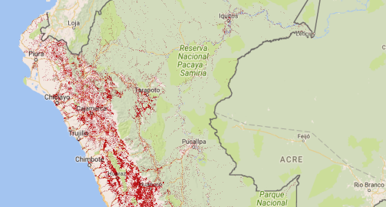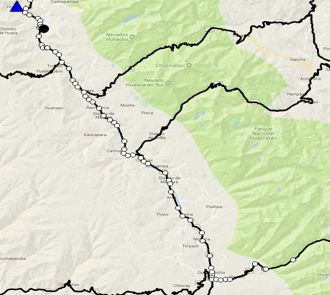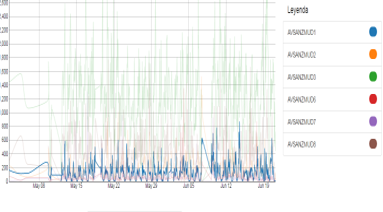This presentation details how Telefonica has been using data science to systematically identify and locate the unconnected and to evolve its networks and operations to sustainably bring connectivity to the most parts of Latin America.
The project Internet para Todos is Telefonica's flagship program to connect the unconnected in LatAm. There are today more than 100 million people who live outside of reliable internet connectivity in the Telefonica footprint. The reasons are multiple, ranging from geography, population density and socio-economical conditions.
Fixed and mobile networks have historically been designed for maximum efficiency in dense, urban environments. Deploying these technologies in remote, low density, rural areas is possible but inefficient, which challenges the financial sustainability of the model.
To deliver internet in these environments in a sustainable manner, it is necessary to increase efficiency through systematic cost reduction, investment optimization and targeted deployments.
Systematic optimization necessitates continuous measurement of the financial, operational, technological and organizational data sets.
1.Finding the unconnected
The first challenge the team had to tackle was to understand how many unconnected there are and where. The data set was scarce and incomplete, census was old and population had much mobility. In this case, the team used high definition satellite imagery at the scale of the country and used neural network models, coupled with census data as training. Implementing visual machine learning algorithms, the model literally counted each house and each settlement at the scale of the country. The model was then enriched with crossed reference coverage data from regulatory source, as well as Telefonica proprietary data set consisting of geolocalized data sessions and deployment maps. The result is a model with a visual representation, providing a map of the population dispersion, with superimposed coverage polygons, allowing to count and localize the unconnected populations with good accuracy (95% of the population with less than 3% false positive and less than 240 meters deviation in the location of antennas).
2. Optimizing transport
Transport networks are the most expensive part of deploying connectivity to remote areas. Optimizing transport route has a huge impact on the sustainability of a network. This is why the team selected this task as the next challenge to tackle.The team started with adding road and infrastructure data to the model form public sources, and used graph generation to cluster population settlements. Graph analysis (shortest path, Steiner tree) yielded population density-optimized transport routes.
3. AI to optimize network operations
I think that the type of data driven approach to complex problem solving demonstrated in this project is the key to network operators' sustainability in the future.
It is not only a rural problem, it is necessary to increase efficiency and optimize deployment and operations to keep decreasing the costs.




No comments:
Post a Comment